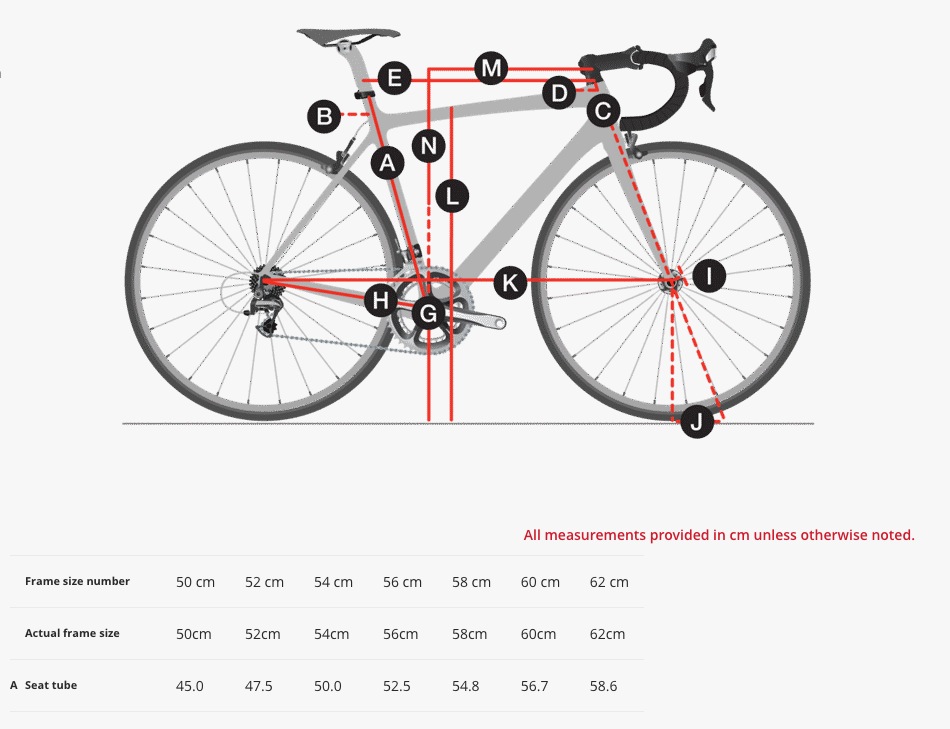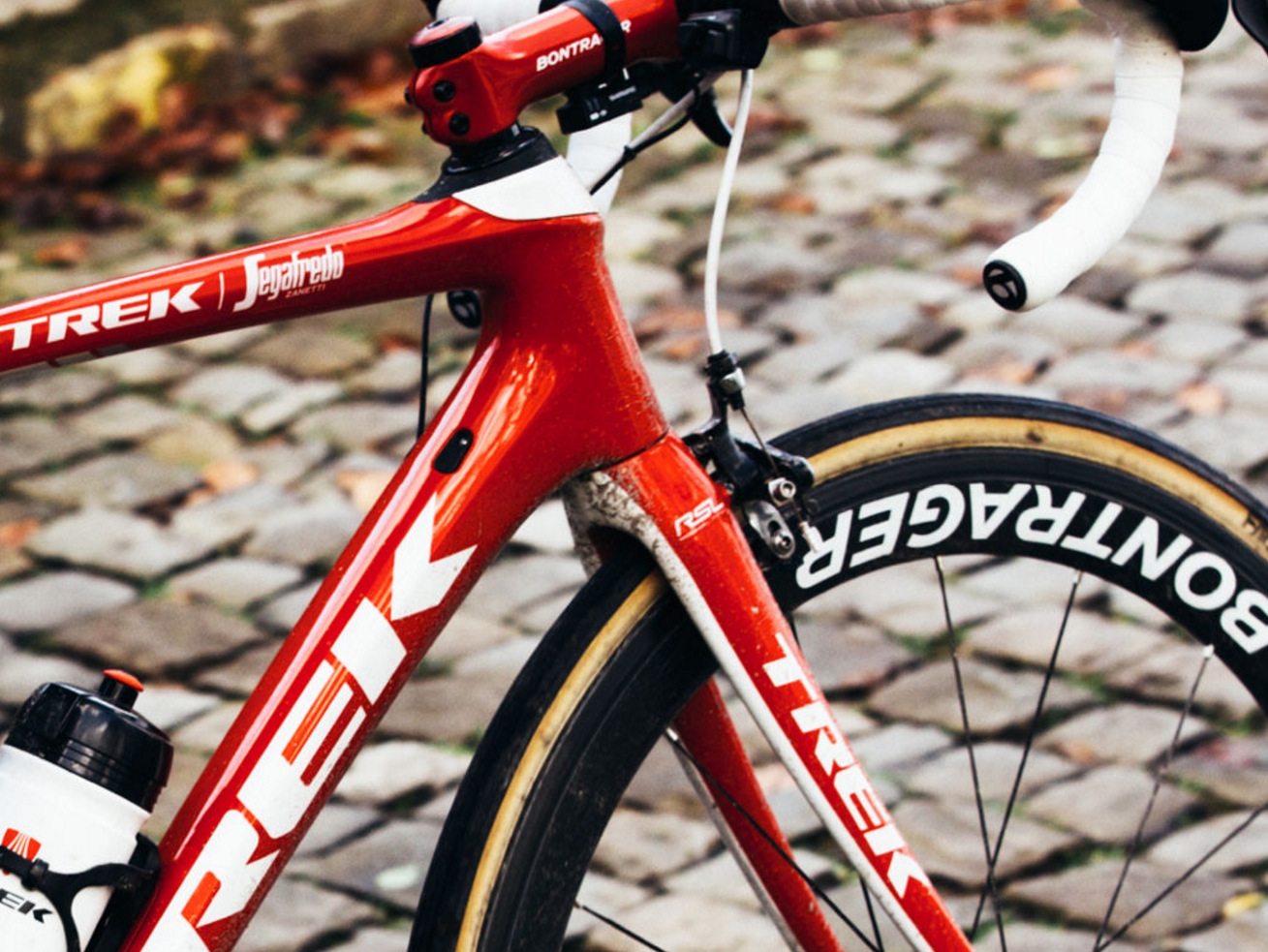
This post is about the new Trek Domane. Actually, that is a lie. This is really all about how the lack of consensus for technical and marketing terms within cycling makes me want to punch people in the face.
As Byron posted on Medium, Trek launched the new Domane, but I’m still mildly peeved with the name Domane, which as I have been assured is pronounced “DOE-mah-NAY”. Strange that no one seems to pronounce the name of Trek’s other pro road bike model, the Madone, as “MAH-doe-NAY”. But maybe that’s because the Domane is marketed as an “endurance” bike, which as far as the general consumer need concern themselves means a road bike with more upright positioning, more forgiving ride, and more tyre clearance….but not enough tyre clearance to take on deep gravel. Kudos to Trek for providing fender mounts too when many other manufacturers have clearly assumed that potential buyers either like to endure winter road spray in their face and up their crack or perhaps live only in southern CA where rain is only slightly more likely than a quality movie starring Adam Sandler. I’m thinking of a bike with name that rhymes with Blue-Ray.
Pro Tip: Don’t slip up and call the Domane an “enduro road bike”, brah. Enduro is a totally different scene…think baggy shorts and beards rather than power meters and paceline etiquette.
The big update on the new Domane is the IsoSpeed Decoupler on the headtube. Also, the IsoSpeed on the seat tube is now tunable. But what I really want to know is whether IsoSpeed can be classified as suspension…or not. It certainly does not involve coil springs, swing-arms, or telescoping shocks like more conventional suspension designs, but IsoSpeed is definitely more substantial than elastomer inserts bonded onto a frame to act as vibration dampers (ie, Zerts do not equal suspension). Technically I would have to call the Domane a full-suspension bike, though emphasizing the phrase “full-suspension” with the Domane seems misleading. Doing so both trivializes the difficulty of adapting conventional suspension designs to road use and obscures the elegance and cleverness of Trek’s design.
As those of you who know me and my fascination with road bike suspension, might expect, I have more than a passing curiosity with the Domane and its IsoSpeed decouplers. I’ve played around a little bit with the IsoSpeed on Byron’s Trek Boone test bike, but that bike is way too large for me to ride. Byron usually rides a 56 or 58cm frame, I usually take a 48-49cm. I wondered if there was a Domane size to fit me. The Trek geometry chart answered that question but not without first begging another.
Listed in three separate columns on the geometry chart, there is a frame size number 50 cm, an actual frame size 50cm, and a seat tube (45.0cm). What the hell does that even mean? Am I the only one who sees the problem here? That’s like saying a “6-foot tall man” is actually 6 feet tall in so much if you measured him from the bottom of his feet to the top of his head, that measurement would be 5ft 6in. Other bike brands give a “virtual size” and a “seat tube size”; don’t make this more complicated than it has to be, Trek. When you said that bike was literally 50cm in size, you obviously meant figuratively…
As for the question “Does Trek make a Domane in Mark V Size?”, the answer is no. Because Mark V Size, as rigidly defined by the international standards commission known as STFU–GTFO, is a reach dimension of 367-386mm and a stack of no more than 515mm for pure road bikes and no more than 530mm for endurance/gravel/touring bikes. The 50cm Domane has a reach of 368mm and a stack of 546mm…and that’s just too damn high for me.
So the new Trek Domane is full-suspension. It is solidly in the category of “endurance road” bike, which has nothing to do with “enduro”. Mark V Size is not within the subset of the Domane sizing range, and Pluto is not to be referred to as a “planet”. All non-standard usage of technical terms henceforth will be punished.

Ed note: awesomely for Byron, Trek makes a Boone AND a Domane SLR in his size. He’s ridden one off them so far and shared stories about both on Medium, in our Mag, and here on the blog. Also, with all the media attention, you maybe wonder what IsoSpeed decoupling is, here’s an explainer.
…We're riding townies, adventure, and mountain bikes. Find recommendations on our store page. As Amazon Associates we earn from qualifying purchases.